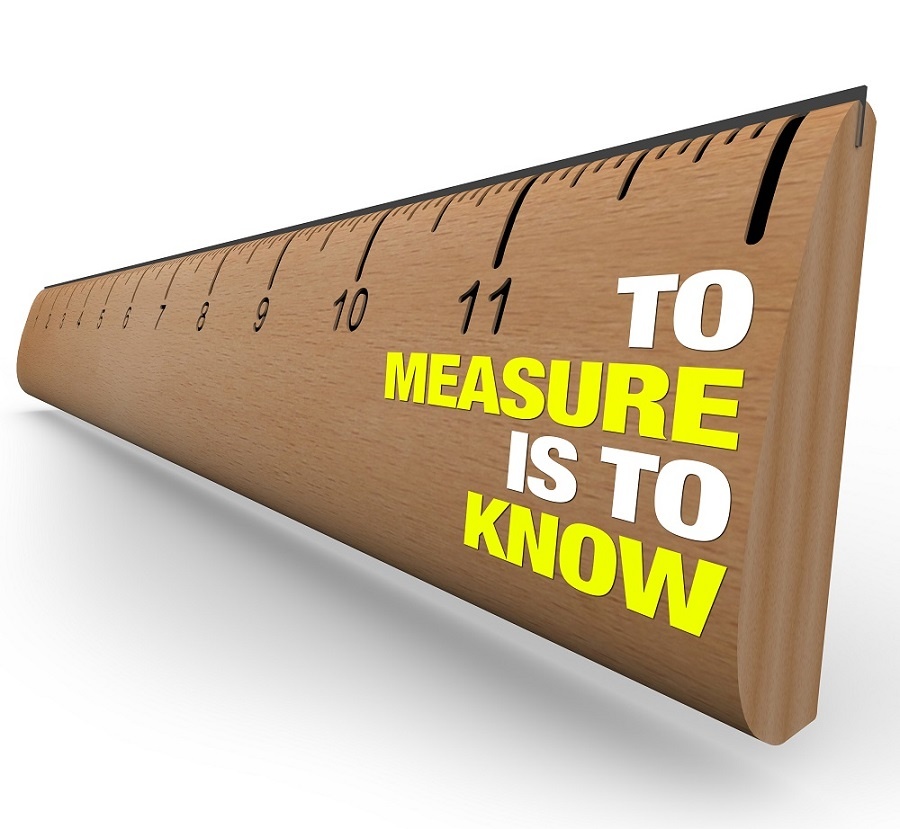Metrics seem to run every aspect of our lives. I’m sure there’s a metric for that statement. But what do metrics even mean? The sheer amount of information and pressure behind the word ‘metric’ itself is pretty incredible. Metrics can show the “good,” the “bad” and the “meh.” The bigger question is – are you analyzing your data according to your objectives?
“These metrics are not what we had hoped for.”
We’ve all heard this after the first run of an online advertising campaign. Our job as an agency is to remind our clients to remember and focus on goals that matter to them. Simply looking at numbers without considering the reasoning behind them can skew your understanding of what result you’re looking for in the long run.
Sometimes the answer is to take a step back. Do you really understand your campaign goals? If not, ask yourself if your metrics goals meet the SMART criteria. This allows everyone to get on the same page and forces everyone to think about the purpose of the campaign.
For those who haven’t heard this acronym before, here’s what it stands for.
Specific – Are you going after one goal or are you trying to achieve a catch-all solution with your advertising?
Measurable – Make sure you can actually determine whether or not the campaign succeeded and which metric you’ll use to determine that. Ideally, you can narrow this down to one metric that really matters, but two is fine as well.
Achievable – Is your goal realistic or are you shooting from the hip? If you’re running display ads on security websites, don’t expect the same exposure that you’d get on MSNBC.
Relevant – Your goals need to line up with your business objectives. Don’t expect leads when you’re running an awareness campaign and don’t expect tons of impressions if you have a narrow target.
Time-bound – When are you expecting to hit your goal? Your answer should be long enough to get a realistic sample-size, but not so long that you’re not spending a lot of money on something that doesn’t work.
Let’s look at an awareness campaign. If you are running a brand awareness campaign you are “showing face” to your target audience in order to create brand recognition, so impressions are the “numbers” you really want to focus on.
A good example of a campaign using SMART goals would be if you said something like, “I want to drive brand awareness. Therefore, I want to increase impressions year-over-year in first quarter by 20 percent.”
As you can see by that example, it’s a real, tangible goal that meets the SMART criteria. Not only does it give clear guidelines as to what success looks like, but can also guide next steps based on the success of the campaign.
By understanding and becoming more familiar with the type of campaign you need to run, you’ll be able to review, analyze, adjust and somewhat predict details throughout the campaign.
If you have ever run any type of online campaign, chances are you were slightly confused reviewing the metrics after your first go-around. It’s human nature to look past our achievements and constantly strive for more without knowing what that is. Instead, take some time to correctly assess your goals and make sure you’re truly running the campaign you want.
Do you need help on optimizing your online advertising presence? Email me here.





